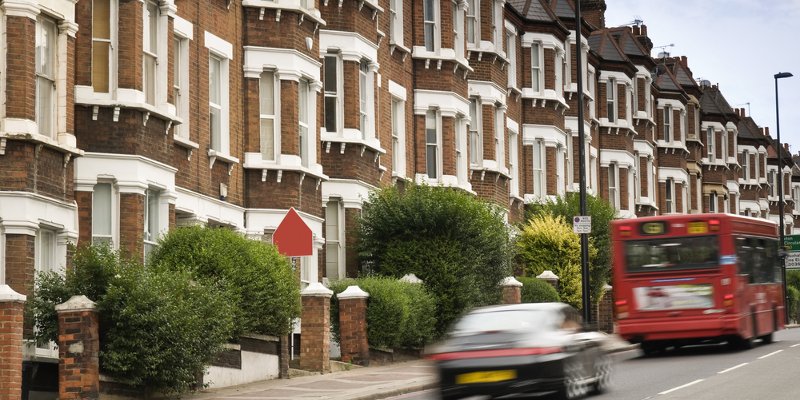House prices in nearly two-thirds (63%) of London local authorities have fallen year-on-year but the proportion of markets registering a decline in values is expected toslow over the remainder of the year, the Hometrack UK Cities House Price Index has found.

House prices in nearly two-thirds (63%) of London local authorities have fallen year-on-year but the proportion of markets registering a decline in values is expected toslow over the remainder of the year, the Hometrack UK Cities House Price Index has found.
Prices fell in 29 local authorities,covering London and the commuter belt,over the past 12 months.
Richard Donnell, insight director at Hometrack, said:“London’s housing market has registered a major slowdown in price growth over the last two years as stretched affordability levels, multiple tax changes and weaker market sentiment have all impacted the demand for housing.
“Turnover has fallen much more than prices which tend to be ‘stickier’ on the way down with few households being forced sellers.
“Our latest analysis reveals price falls are concentrated in inner London while values continue to rise slowly in the most affordable parts of outer London and the main commuter areas.
“Price growth has firmed over the last six months but the annual rate of growth remains negative and we expect the current re-pricing process to run into 2019.
“City level house price growth remains well above average in the most affordable cities. While the rate of growth has moderated slightly prices in five cities are still rising twice as fast as the growth in earnings. We expect continued price growth in the most affordable markets over the remainder of the year.”
The wealthy borough of Kensington in Chelsea suffered the worst year-on-year fall, with prices fallingby4.9% to an average of £1.17m.
It is followed by other prosperous boroughs such as Camden, and Hammersmith and Fulham, where prices slid 4.3% and 3.1% to £737,000 and £707,000, respectively.
However the number of London postcodes registering month-on-month price falls has dropped to 44%,from a peak of 70% in December 2017.
This means that 56% of postcodes are now registering month-on-month price gains, implying the proportion of markets registering annual price falls will slow further over the rest of the year.
Although the London City Index as whole has registered a 0.4% decline year-on-year, lower value markets in outer and surrounding London have registered modest price rises over the last year as affordability has been less stretched than in central areas.
Prices in Barking and Dagenham rose 2.3% year-on-year to an average of £296,400. Havering, Spelthorne and Bexley experienced the next highest rise in home values, with prices increasingby1.4% year-on-year in each area.
On a national level, house prices in UK cities were up 3.2% annually in September, driven by strong growth in regional cities outside theSouthEast of England.
Prices are rising fastest on an annual basis in Liverpool (+6.9%), followed by Birmingham (6.5%), Leicester (+6.4%), Manchester (+6.2%) and Glasgow (+6.2%).
With growth of over 6%, house price inflation in these five cities remains more than twice the rate of earnings growth (2.7%) as prices continue to rise off a low base and affordability remains attractive.
Danny Belton, head of lender relationships at Legal & General Mortgage Club, said: “The North/South divide hastrulybeen turned on its head, asmore and morefirst-time buyers andhomemoversturn towards regional cities for better value for money.
“Strong economic hubs in the Northern powerhouses are making bricks and mortar in these locations particularly attractive to younger generationshere and Buy-to-Let landlords.
“However,with rising living costs, saving for a deposit remains one of the biggest challenges for potential buyers. Affordability challenges remain,whichmeans thatspeaking to a mortgage adviser isstilla sensible first step.
“Whether it’s educating buyers aboutgovernment schemeslike Help to Buy and sharedownership,orproviding access to specialist lenders thatcanmeet their specific needs, advisers play a crucial roleinsupporting borrowers find thebest-suited pathto homeownership.”



